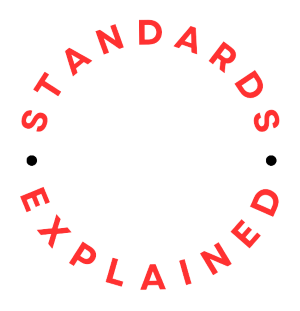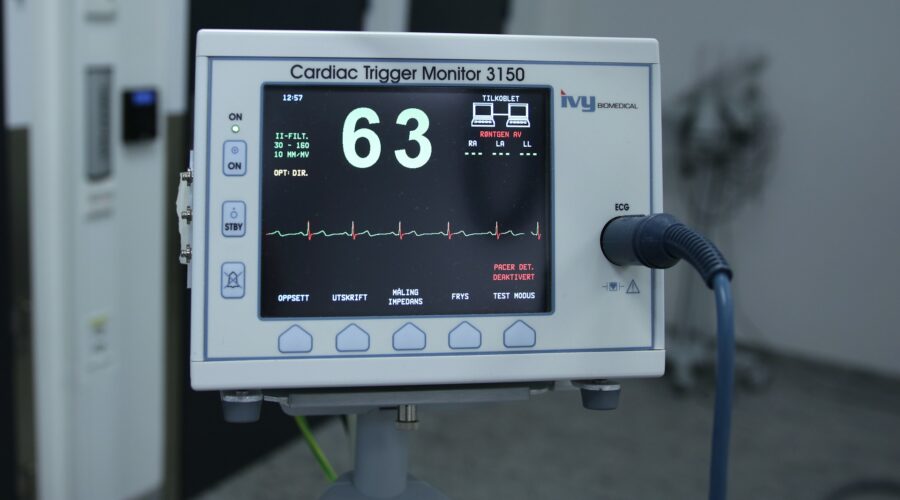ISO 13485:2016 Medical devices — Quality management systems — Requirements for regulatory purposes specifies requirements for a quality management system where an organization needs to demonstrate its ability to provide medical devices and related services that consistently meet customer and applicable regulatory requirements.
Such organizations can be involved in one or more stages of the life-cycle, including:
- design and development;
- production, storage and distribution;
- installation or servicing of a medical device;
- design and development or provision of associated activities (e.g. technical support).
ISO 13485 can also be used by suppliers or external parties that provide product, including quality management system-related services to such organizations. It is applicable to organizations regardless of their size and type, except where stated.
This standard was last reviewed and confirmed in 2020; therefore, this version remains current.
What does it cover?
| Introduction |
| 1 Scope |
| 2 Normative references |
| 3 Terms and definitions |
| 4 Quality management system |
| 4.1 General requirements |
| 4.2 Documentation requirements |
| 5 Management responsibility |
| 5.1 Management commitment |
| 5.2 Customer focus |
| 5.3 Quality policy |
| 5.4 Planning |
| 5.5 Responsibility, authority and communication |
| 5.6 Management review |
| 6 Resource management |
| 6.1 Provision of resources |
| 6.2 Human resources |
| 6.3 Infrastructure |
| 6.4 Work environment and contamination control |
| 7 Product realization |
| 7.1 Planning of product realization |
| 7.2 Customer-related processes |
| 7.3 Design and development |
| 7.4 Purchasing |
| 7.5 Production and service provision |
| 7.6 Control of monitoring and measuring equipment |
| 8 Measurement, analysis and improvement |
| 8.1 General |
| 8.2 Monitoring and measurement |
| 8.3 Control of nonconforming product |
| 8.4 Analysis of data |
| 8.5 Improvement |
| Annex A Comparison of content between ISO 13485:2003 and ISO 13485:2016 |
| Annex B Correspondence between ISO 13485:2016 and ISO 9001:2015 |
Implementation
Implementing a quality management system (QMS) for medical devices in conformity with ISO 13485 involves several key steps to ensure that customer and regulatory requirements are met.
Leadership Commitment
- Obtain commitment and support from top management for implementing and maintaining a QMS that complies with ISO 13485 requirements.
- Allocate necessary resources, including personnel, finances, and infrastructure, to support QMS implementation.
Understand Customer and Regulatory Requirements
- Identify and understand the specific requirements of customers and applicable regulatory authorities related to medical devices.
- Ensure that the QMS is designed to meet these requirements effectively.
Define QMS Scope and Objectives
- Define the scope of the QMS, including the types of medical devices covered, organizational boundaries, and applicable processes.
- Establish clear quality objectives that align with customer needs, regulatory requirements, and organizational goals.
Document Management System
- Establish a robust document management system to create, review, approve, distribute, and control documents related to the QMS.
- Develop procedures for document control, including version control, access control, and document retention.
Establish Quality Policy and Manual
- Develop a quality policy that communicates the organization’s commitment to quality and compliance with ISO 13485 requirements.
- Prepare a quality manual that provides an overview of the QMS structure, processes, and responsibilities.
Risk Management
- Implement a risk management process to identify, assess, and mitigate risks associated with the design, development, manufacturing, and distribution of medical devices.
- Ensure that risk management activities are integrated into relevant QMS processes.
Resource Management
- Determine and allocate necessary resources, including personnel, facilities, equipment, and infrastructure, to support QMS implementation and operation.
- Establish procedures for competency evaluation, training, and awareness to ensure that personnel are qualified and competent to perform their roles effectively.
Product Realization
- Develop processes for product realization, including design and development, purchasing, production, and service provision.
- Implement procedures to ensure that products meet specified requirements and conform to applicable regulatory standards.
Design and Development Control
- Establish design and development control procedures to ensure that medical devices meet user needs, safety requirements, and regulatory expectations.
- Document design inputs, outputs, reviews, verifications, validations, and changes throughout the design and development lifecycle.
Supplier Management
- Develop supplier management processes to evaluate and select suppliers based on their ability to meet quality and regulatory requirements.
- Establish criteria for supplier qualification, monitoring, and performance evaluation to ensure the quality of purchased components and services.
Validation and Verification
- Conduct validation and verification activities to ensure that medical devices are safe, effective, and suitable for their intended use.
- Implement procedures for validation of processes, software, and sterilization methods to ensure product quality and regulatory compliance.
Control of Nonconforming Products
- Establish procedures for identifying, documenting, evaluating, and controlling nonconforming products to prevent their unintended use or distribution.
- Implement corrective and preventive actions to address root causes of nonconformities and prevent recurrence.
Monitoring and Measurement
- Develop processes for monitoring and measuring product and process performance against defined quality objectives and regulatory requirements.
- Establish criteria for product acceptance, process control, and performance improvement based on collected data and analysis.
Internal Audit
- Conduct internal audits of the QMS to assess compliance with ISO 13485 requirements and identify opportunities for improvement.
- Ensure that internal audits are conducted regularly by competent personnel and documented in accordance with established procedures.
Management Review
- Hold management reviews of the QMS at planned intervals to evaluate its effectiveness, suitability, and alignment with organizational objectives.
- Review quality performance data, audit results, customer feedback, and changes in regulatory requirements to inform decision-making and improvement actions.
Corrective and Preventive Actions
- Implement procedures for initiating, investigating, and implementing corrective and preventive actions to address nonconformities and prevent their recurrence.
- Ensure that corrective and preventive actions are documented, implemented, and verified for effectiveness.
Continual Improvement
- Foster a culture of continual improvement by encouraging employees to identify opportunities for enhancing the QMS and product quality.
- Implement processes for capturing and implementing improvement ideas, suggestions, and lessons learned from internal and external sources.
Validation and Control of Software
- Develop procedures for the validation and control of software used in medical devices, including software development, testing, validation, and maintenance.
- Ensure that software validation activities comply with regulatory requirements and industry best practices.
Labelling and Packaging Control
- Establish controls for labelling and packaging of medical devices to ensure that they are correctly identified, labelled, and packaged for safe and effective use.
- Implement procedures for labelling design, verification, validation, and control throughout the product lifecycle.
Complaint Handling and Post-market Surveillance
- Develop procedures for handling customer complaints, including receipt, investigation, resolution, and reporting of complaints related to medical devices.
- Implement post-market surveillance activities to monitor the performance, safety, and effectiveness of medical devices after they have been placed on the market.
In conclusion…
By following these steps and adhering to ISO 13485 requirements, organizations can establish and maintain an effective QMS for medical devices that meets customer expectations and regulatory standards while ensuring product quality and safety.
ISO 13485 can be purchased through the ISO.org website.














Comments (0)